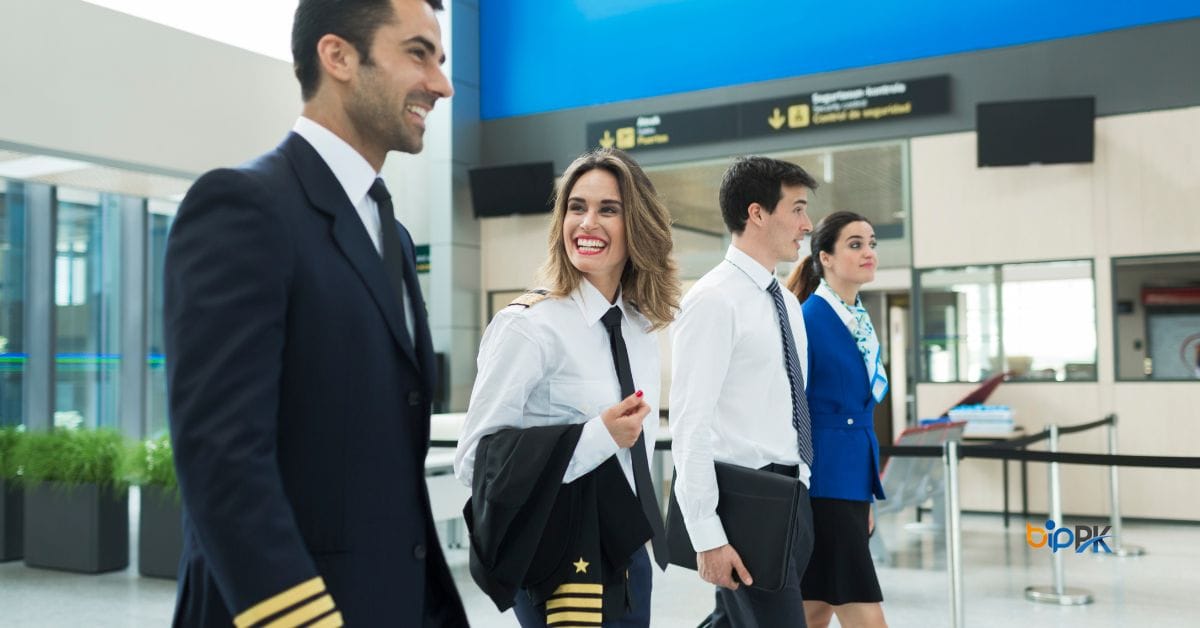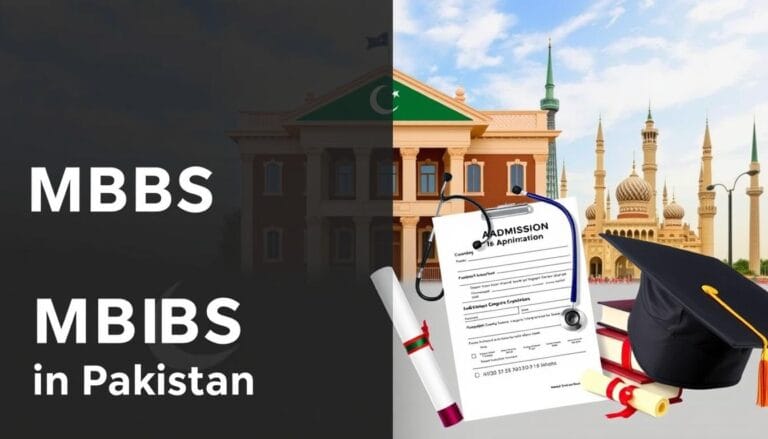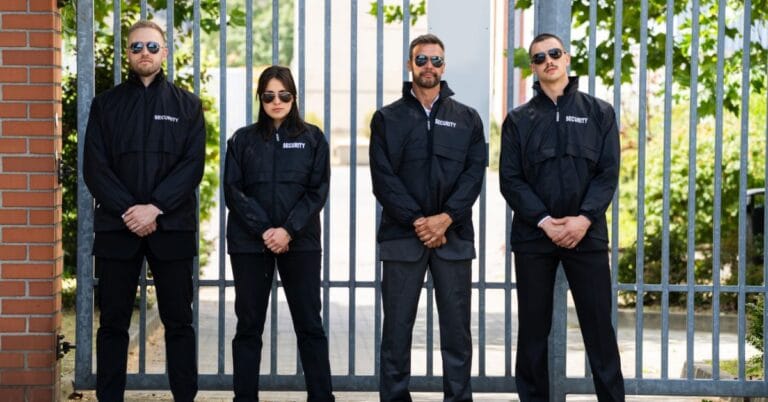How to Become a Pilot in Pakistan (A Complete Guide)
Becoming a pilot is a dream many people have. The idea of flying through the clouds and navigating the skies is an exciting thought, but you may be wondering how exactly you can make that dream come true. Specifically, if you’re in Pakistan, there’s a step-by-step process you need to follow to get there. The good news? It’s not as impossible as it may seem.
So, how do you become a pilot in Pakistan? Well, whether you’re aiming to fly a commercial jet or serve in the Pakistan Air Force, the process starts with proper education, training, and certification. This guide will help you understand everything you need to know to become a pilot, from choosing the right type of license to picking the right school.
Requirements to Start Pilot Training in Pakistan
Before you jump in, there are some basic requirements you need to meet. The most important thing to note is that becoming a pilot isn’t something you can just wake up and decide to do overnight. There are a few hoops to jump through before you can even think about taking flight lessons.
- Age: To start training as a pilot in Pakistan, you need to be at least 17 years old. However, if you’re younger and eager to start, you can apply for a Student Pilot License (SPL) at 16. The earlier you start, the better.
- Education: You’ll need to have at least a high school diploma to begin your journey as a pilot. If you’ve completed your intermediate education (12th grade), you’re good to go.
- Medical Certificate: You must be medically fit. Before starting training, a Class 1 medical certificate will be required to ensure you’re in good health to fly an aircraft. Flight schools in Pakistan can guide you through this process and help you arrange the medical exam.
What Type of Pilot Do You Want to Become?
The next big question you need to ask yourself is: What kind of pilot do you want to be? Not all pilots fly the same types of aircraft, and not all training is the same. Generally, there are three types of pilots you can become in Pakistan:
- Private Pilot License (PPL): If you want to fly as a hobby, this is for you. A PPL allows you to fly small planes for personal use, but you can’t get paid for it. It’s perfect if you want to fly for fun or maybe travel privately with family or friends.
- Commercial Pilot License (CPL): This is the next step if you want to fly professionally. With a CPL, you can be paid to fly aircraft, and this is typically what you need to fly for airlines. Most people aiming for a career in aviation will go for this option.
- Airline Transport Pilot License (ATPL): This is the highest level of pilot certification and is required to be a captain for commercial airlines. It’s a long-term goal, but it’s the ultimate step in an airline pilot’s career.
- Military Pilot (Pakistan Air Force): If you have a desire to serve the country and fly high-performance jets, joining the Pakistan Air Force (PAF) is an option. PAF provides complete flight training at no cost, but you must serve a minimum number of years after training.
Finding the Right Flight School in Pakistan
Once you’ve decided what kind of pilot you want to be, the next step is to find a flight school that fits your needs. In Pakistan, there are about 15 flight schools, so you have a decent selection. Some of the more well-known ones include:
- Pakistan Aviators & Aviation (PAA): This is one of the leading flight schools in the country. They offer programs for both PPL and CPL.
- Rawalpindi Flying Club: Another popular option that provides both PPL and CPL courses. They have experienced instructors and a solid track record.
- Karachi Aero Club: Based in Karachi, this school has been training pilots for decades. They offer all the required training for aspiring pilots.
- Lahore Flying Club: Located in Lahore, this is another reputable option for flight training in Pakistan.
Each flight school has its own procedures, fees, and requirements. The best approach is to visit these schools, talk to instructors, and see which one feels right for you. Some might have more modern aircraft, while others could have better scheduling options. Take your time and choose wisely.
Costs of Becoming a Pilot in Pakistan
Now, let’s talk about money. How much does it cost to become a pilot in Pakistan? Unfortunately, learning to fly isn’t cheap, but the costs can vary depending on the type of license you’re aiming for and the flight school you choose.
- PPL Costs: The cost of obtaining a Private Pilot License typically ranges from PKR 1.5 to 2 million. This covers your flight hours, ground school, and other necessary fees.
- CPL Costs: If you’re aiming for a Commercial Pilot License, expect to pay PKR 3.5 to 5 million. This higher cost is due to the additional training and flight hours needed.
- ATPL Costs: Reaching this level involves even more training and experience. Costs can vary widely, but expect it to be on the higher end, often above PKR 5 million.
It’s important to note that these costs are estimates and can fluctuate depending on fuel prices, school fees, and the duration of training. Some schools also offer installment payment options, which can help make the costs more manageable.
Airline Cadet Pilot Programs in Pakistan
If your goal is to become a pilot for a major airline like PIA (Pakistan International Airlines), a cadet pilot program might be your best bet. These programs are usually sponsored by airlines and offer a clear path to employment once you’ve completed the necessary training.
The biggest advantage of these programs is that they often guarantee a job with the airline once you’re done. Airlines like PIA and Airblue occasionally offer such programs. The competition is tough, though, so you’ll need to stand out with strong academic performance and a passion for flying.
If you get into one of these programs, the airline may cover part of your training costs. However, you’ll likely have to sign a contract to work with the airline for a certain number of years.
Check Also: Best Jobs for Homeschooling Moms
How Long Does It Take to Become a Pilot in Pakistan?
The timeline for becoming a pilot depends on several factors, including the type of license you’re pursuing and how quickly you can complete your training.
- PPL Timeline: If you’re focused and can dedicate your time, you can obtain a PPL in about 6 to 12 months.
- CPL Timeline: For a Commercial Pilot License, it will take about 1 to 2 years to complete your training, depending on weather conditions and how quickly you can complete your flight hours.
- ATPL Timeline: Achieving an Airline Transport Pilot License can take several years. After earning your CPL, you’ll need to log a significant number of flight hours—1,500 hours to be exact—before qualifying for the ATPL.
What Happens After Getting Your License?
Once you’ve obtained your pilot’s license, what’s next? Well, the journey doesn’t stop there.
If you have a PPL, you can fly private planes, but you’ll need to keep your skills sharp. Pilots are required to pass regular medical exams and maintain their flying proficiency.
For those with a CPL, the next step is to build experience and flight hours. Many pilots start by working as flight instructors or flying smaller planes for charter companies before moving on to larger airlines.
If you aim to fly for a commercial airline, building experience is key. Airlines prefer to hire pilots with significant flying experience, so logging as many flight hours as possible is crucial.
Serving in the Pakistan Air Force
For those with a sense of adventure and a desire to serve their country, becoming a pilot in the Pakistan Air Force (PAF) is a unique opportunity. PAF pilots are trained to fly cutting-edge fighter jets and other military aircraft. Plus, the training is free, since the government covers all the costs.
However, you’ll need to commit to serving in the military for several years. Typically, PAF pilots must serve for 12 years after completing their training. After this period, some pilots choose to transition to commercial aviation.
The Final Approach
Becoming a pilot in Pakistan is challenging but rewarding. It requires dedication, time, and a significant financial investment. Whether you choose to fly for fun, for a commercial airline, or for the military, there are several paths to reach your goal.
At the end of the day, it’s about finding the path that suits you best and sticking with it. So, if you’ve always dreamed of flying, now you know how to become a pilot in Pakistan—start by taking the first step and explore your options.







